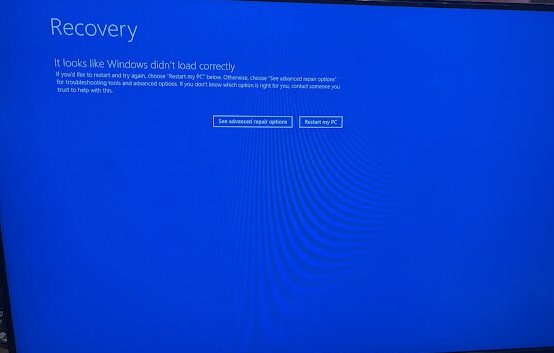VXLAN (Virtual Extensible LAN) is a network virtualization technology that extends Layer 2 segments over a Layer 3 network infrastructure. It is commonly used in data center environments to facilitate network segmentation and overlay networks. VXLAN Multi-Site is an extension of VXLAN that allows for the extension of virtualized network segments across multiple data center sites.
Cisco has introduced a solution for VXLAN Multi-Site, often referred to as “VXLAN Multi-Site with BGP EVPN (Ethernet VPN).” This solution leverages the Border Gateway Protocol (BGP) with Ethernet VPN (EVPN) extensions to provide control-plane functionality for VXLAN-based multi-site deployments.
Here’s a brief overview of key components and concepts:
1. **VXLAN**: VXLAN encapsulates Layer 2 frames into UDP packets, allowing these frames to traverse Layer 3 networks. This enables the creation of virtualized network segments that span multiple physical locations.
2. **BGP EVPN**: BGP EVPN is used as the control-plane protocol to exchange MAC (Media Access Control) and IP information across VXLAN segments. It helps in distributing endpoint reachability information and maintaining consistency across the network.
3. **Multi-Site**: This term implies that the VXLAN-based virtualized network is extended across multiple geographically dispersed data center sites. Each site has its own set of networking devices, and BGP EVPN is used to synchronize information across these sites.
4. **Control Plane Extension**: BGP EVPN facilitates the exchange of MAC and IP reachability information between different data center sites. This ensures that each site is aware of the location of endpoints in other sites, allowing for seamless communication.
5. **Site Identifier (SI)**: Each data center site is assigned a unique identifier known as the Site Identifier. This helps in distinguishing between sites and maintaining the integrity of the virtualized network.
Cisco’s implementation of VXLAN Multi-Site with BGP EVPN provides a scalable and efficient solution for extending Layer 2 connectivity across multiple data center locations. It helps in achieving workload mobility, disaster recovery, and overall network flexibility in a multi-site environment. Keep in mind that specific details and features may vary based on the Cisco platform and software version in use.Activate to view larger image,



